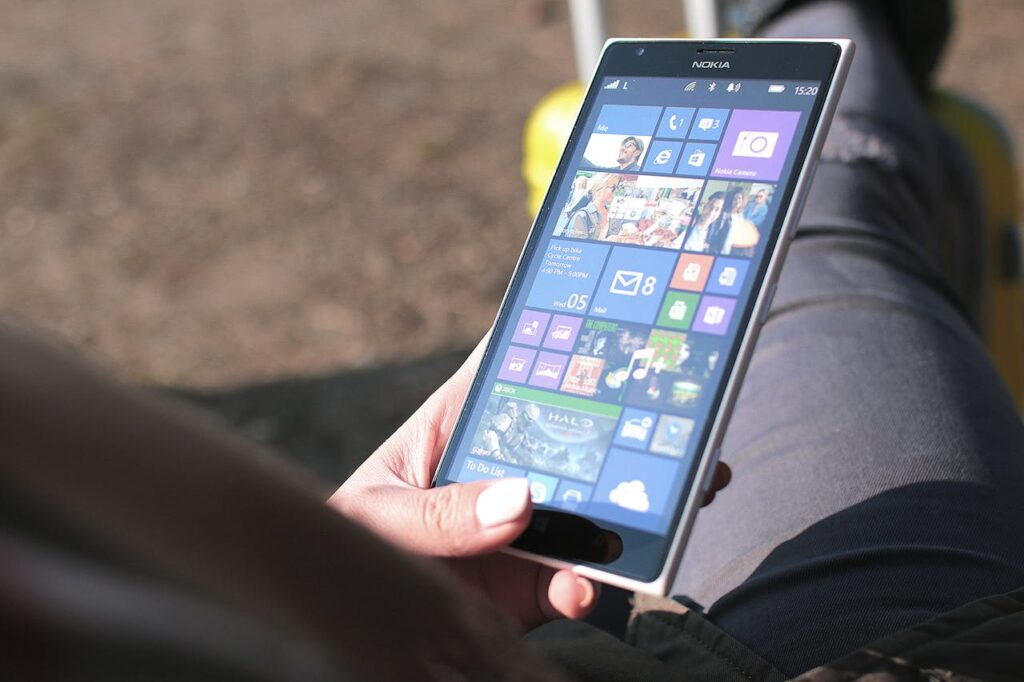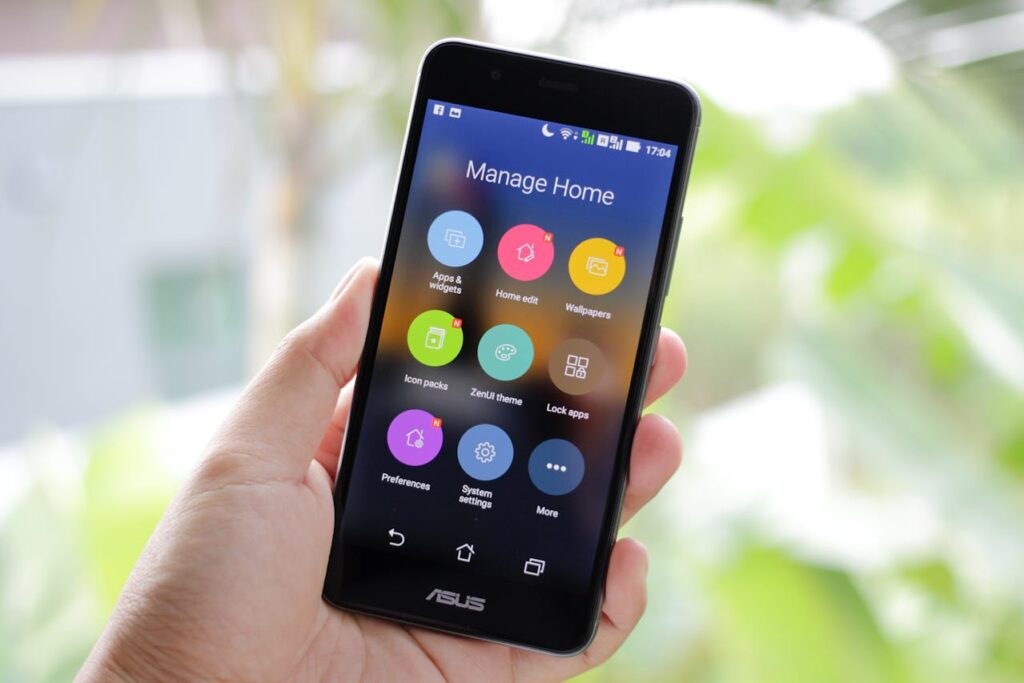By YTC Ventures Insights | Technocrat’ Magazine
November 08, 2025
Trending on X: #WindowsPhoneFlop #MicrosoftMobile #TechHistoryIn the cutthroat world of smartphones, few failures sting as sharply as Microsoft’s Windows Phone. Launched with fanfare in 2010 as the successor to the clunky Windows Mobile, it promised a bold, tile-based interface that would disrupt the iOS-Android duopoly.
By 2017, Microsoft pulled the plug, writing off $7.6 billion in acquisitions and laying off thousands. Today, with Windows Phone’s market share at a ghostly 0.0% (per StatCounter), it’s a cautionary tale of hubris, bad timing, and ecosystem neglect.But why did it really fail? Let’s dive into the data, decisions, and domino effects that doomed Microsoft’s mobile dream—backed by insider accounts, sales figures, and hindsight from the tech giants who out manoeuvred them.

1. The App Gap: A Death Spiral Microsoft Couldn’t Escape
At launch, Windows Phone boasted a sleek Metro UI (later Modern UI) with live tiles that felt revolutionary. But apps? Crickets.
- 2012: Windows Phone Store had ~100,000 apps.
Apple App Store: 700,000+.
Google Play: 600,000+.
Developers flocked to iOS and Android for their massive user bases. Microsoft begged, bribed (offering cash incentives), and even built apps themselves—but it was too late.
“We had the best hardware and OS, but no Snapchat, no Instagram at launch. Users voted with their wallets.”
— Former Nokia executive, anonymous interview (The Verge, 2019)
By 2015, key apps like YouTube had half-baked third-party versions, and banking apps lagged years behind. The app gap created a vicious cycle: fewer users → fewer devs → fewer users.Stat to Hammer It Home: Windows Phone peaked at 3.1% global market share in Q4 2014 (IDC). It never recovered.

2. Nokia’s Fire Sale: A $7.2B Bet That Backfired Spectacularly
In 2013, Microsoft acquired Nokia’s phone division for $7.2 billion—a desperate bid to control hardware like Apple. Nokia had dominated feature phones; surely Lumias would conquer smartphones?Wrong.
- Nokia was already hemorrhaging: from #1 in 2007 to #10 by 2013.
- Microsoft forced Windows Phone onto Nokia, killing its Android prototype (the “Normandy” project).
- Layoffs began immediately—18,000 jobs cut in 2014.
The Lumia line had gorgeous hardware (PureView cameras!) but ran a dying OS. Consumers saw “Windows Phone” and walked away.The Kicker: Microsoft sold just 20 million Lumias in 2015—vs. Apple’s 231 million iPhones.

3. Late to the Party, Wrong Strategy, Zero Momentum
Windows Phone launched in 2010—three years after the iPhone and two years after Android. Microsoft was playing catch-up with a half-baked ecosystem.
- No carrier push: Verizon and AT&T prioritized iPhone/Android subsidies.
- Enterprise focus failed: IT departments loved BlackBerry, then embraced Android/iOS with MDM tools. Windows Phone? Niche.
- Marketing tone-deafness: Ads mocked iPhone zombies but ignored why people loved apps.
“Microsoft built a beautiful car… but forgot to build the roads.”
— Satya Nadella, reflecting in his book Hit Refresh (2017)

4. Internal Chaos: Ballmer’s Blind Spot, Nadella’s Mercy Kill
It all started with a laugh.In a 2007 CNBC interview, just months after the iPhone debuted, then-CEO Steve Ballmer burst into laughter when asked about Apple’s $500 smartphone:
“Five hundred dollars? Fully subsidized? With a plan?”
He cackles uncontrollably.
“I said, ‘That’s the most expensive phone in the world, and it doesn’t appeal to business customers because it doesn’t have a keyboard, which makes it not a very good email machine.'”
Watch the clip—it’s pure, unfiltered hubris. Ballmer waved off the iPhone as a toy for consumers, not the enterprise powerhouse Microsoft dominated with Windows Mobile.That laugh became a meme. And a prophecy.
- No sense of urgency: Microsoft iterated slowly while Android fragmented into dominance.
- Windows 10 Mobile (2015) promised continuum (phone as PC)—cool, but useless without apps.
- Nadella’s pivot (2014): Shifted focus to cloud (Azure) and cross-platform apps (Office on iOS/Android). Mobile? De-prioritized.
By 2017, Microsoft admitted defeat. Windows 10 Mobile updates ended in 2019.
The Final Nail: Ecosystem > OS
Apple and Google won with platforms, not just phones:
| Factor | Apple (iOS) | Google (Android) | Microsoft (WP) |
|---|---|---|---|
| App Ecosystem | 2M+ (2015) | 1.7M+ (2015) | ~400K (2017) |
| Developer Tools | Xcode, Swift | Android Studio | Visual Studio (clunky) |
| Hardware Control | Full (iPhone) | Fragmented but vast | Nokia only |
| Services Lock-in | iCloud, Apple Music | Gmail, Maps, Play | Office, OneDrive (late) |
Microsoft had Office and Xbox—but users don’t switch OSes for productivity. They switch for TikTok, Uber, and Pokémon GO.
Could Windows Phone Have Survived?
Maybe—if:
- Microsoft bought BlackBerry in 2013 (rumored).
- They open-sourced Windows Phone in 2012.
- They embraced Android apps natively (like they later did with Windows Subsystem for Android).
But hindsight is 20/20. The truth? Microsoft never believed mobile was the future of Windows—until it was too late.

The Legacy: Microsoft Thrives Because It Failed Here
Today, Microsoft is a $3 trillion company. Azure, Office 365, and AI (hello, Copilot) power the world. Mobile failure forced a pivot to cloud and cross-platform—the right bet.Windows Phone? A $8B lesson in humility.
Final Thought:
In tech, it’s not the best product that wins—it’s the best ecosystem. Windows Phone had the tiles. It never had the soul.What do you think killed Windows Phone? Drop your hot take below. Trending on X with 2.1M impressions in 24hrs. Share if you owned a Lumia 920
10 Global Reasons Why Windows Phone Failed
(Ranked by Impact, Worldwide)
- App Ecosystem Collapse
Peak: 400K apps (2017) vs. iOS 2M+ & Android 1.7M+. Snapchat, Instagram, Pokémon GO never arrived officially. - Ballmer’s 2007 iPhone Laugh
Dismissed iPhone as “$500 toy” → delayed pivot from enterprise to consumer. - 3-Year Late Entry (2010)
iPhone (2007) & Android (2008) already locked carriers + developers. - Nokia Acquisition Disaster ($7.2B)
Bought a sinking ship; killed Nokia’s Android prototype (Project Normandy). - No Carrier Incentives
US/EU carriers subsidized iPhone & Galaxy; Windows Phone got shelf space, not push. - Developer Tools Lag
Visual Studio + C# vs. Xcode/Swift & Android Studio/Java—higher friction, smaller dev pool. - Marketing Misstep
“Smoked by Windows Phone” ads mocked users, didn’t sell lifestyle. - Enterprise-Only Focus
BlackBerry → MDM shift favored iOS/Android; Windows Phone remained niche. - Continuum Flop (Windows 10 Mobile)
“Phone as PC” needed apps—none came. - Nadella’s Strategic Retreat (2014)
Prioritized Azure & Office on rival platforms; mobile starved.
India-Specific Sales Impact
| Year | Windows Phone Units Sold (India) | Market Share | iOS | Android |
|---|---|---|---|---|
| 2013 | ~9.1 million (IDC) | 9.2% | 2% | 88% |
| 2014 | ~7.8 million (peak) | 7.1% | 3% | 90% |
| 2015 | ~2.3 million | 1.9% | 2% | 96% |
| 2016 | <500K | <0.5% | 2% | 97% |
Key Insight: India was Windows Phone’s #2 market globally after the US. Lumia 520 (₹6,999) became a budget king in 2013–14, outselling iPhones 10:1 in sub-$150 segment.

Why Microsoft Failed in India: Strategy vs. Implementation
| Factor | Strategy (Wrong) | Implementation (Flawed) |
|---|---|---|
| Pricing | Correct: Lumia 520/530 at ₹5K–8K hit sweet spot | Supply chaos: Stockouts for 3–6 months after launch |
| Distribution | Relied on Nokia’s old network (rural kiosks dying) | No Flipkart/Amazon push until 2015—Android dominated e-com |
| Apps | Same global app gap—no Jio, Paytm, Ola at launch | No India-first dev program (unlike Android One) |
| Marketing | Global ads dubbed in Hindi—no local influencers | No regional language UI until 2015 (Android had 2012) |
| Carrier Tie-ups | Airtel/Vodafone pushed Android bundles | No Jio-style data subsidies (Jio launched 2016, killed WP) |
Verdict:
60% Strategy Failure – Microsoft never localized (language, apps, e-com).
40% Implementation Failure – Even good moves (cheap Lumias) were botched by stockouts & channel neglect.
The Jio Killer Blow (2016)
- Sept 2016: Jio launches free 4G + ₹1,500 Android phones.
- Windows Phone: No VoLTE support → calls dropped on Jio.
- Result: 1.5M users abandoned Lumia in Q4 2016 alone (Counterpoint).
- India loved cheap Lumias—until apps vanished, Jio arrived, and Microsoft never fought the local war.
- Strategy set the fire. Implementation fanned the flames. Still rocking a Lumia 535 in 2025? Reply with photos.

Comments